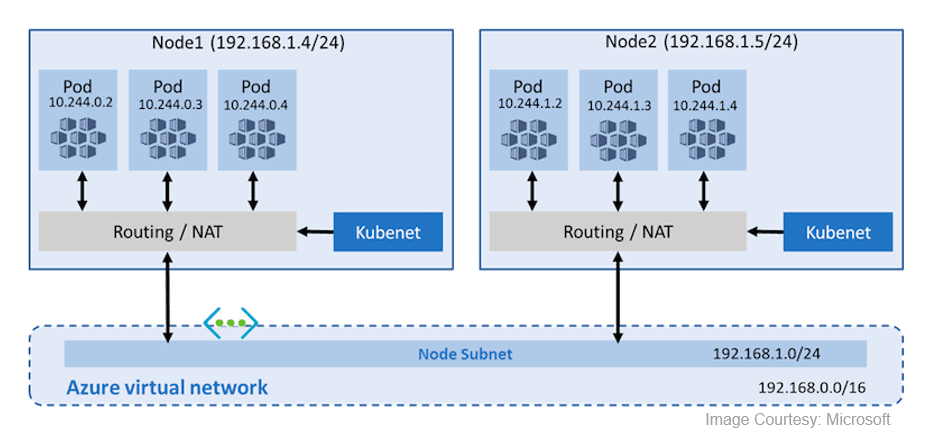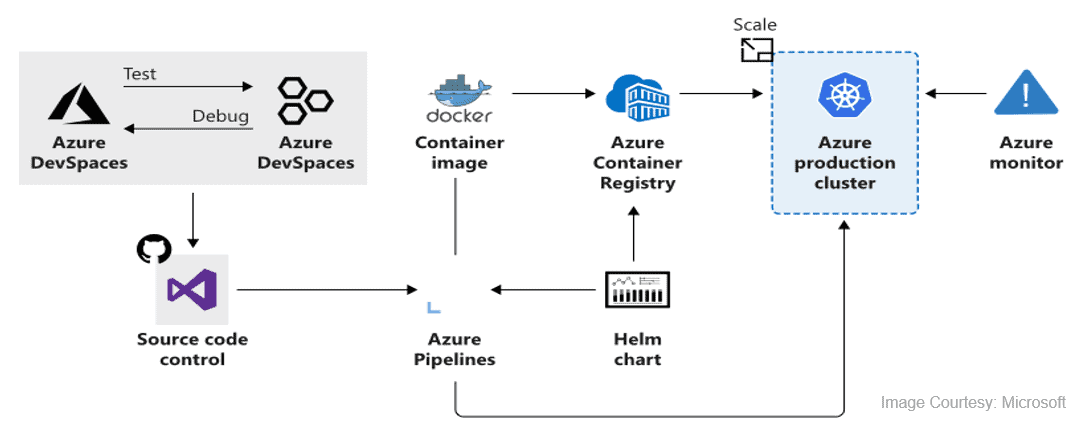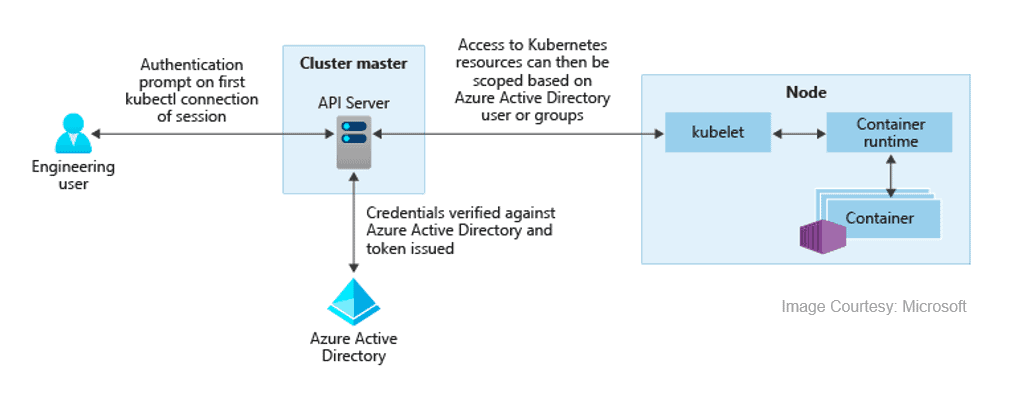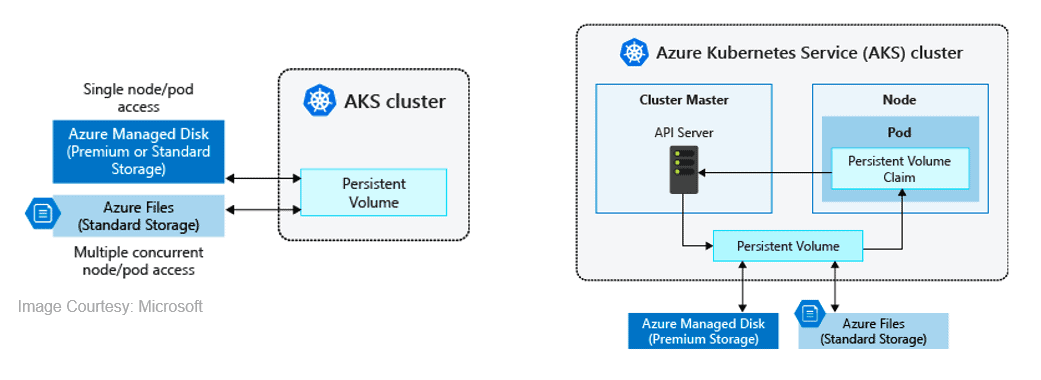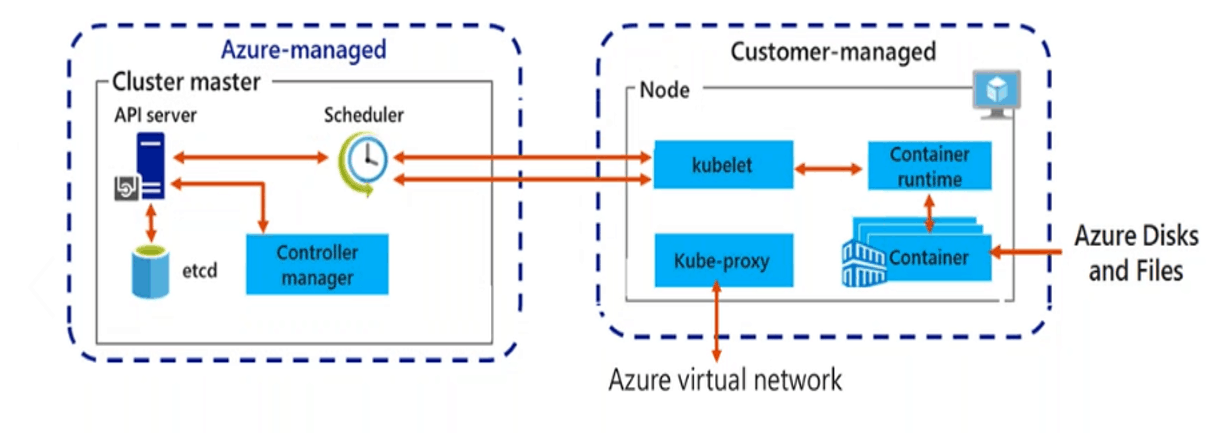Azure Kubernetes Service Networking
In AKS, we can deploy a cluster using the following networking models:
A) kubenet (Basic Networking)
B) CNI (Advanced Networking)
Also check: All you need to know about Kubernetes RBAC
AKS kubenet (Basic Networking)
By default, Azure Kubernetes Service (AKS) clusters use kubenet, and this will create an Azure virtual network and subnet for you. Using kubenet, only the nodes receive an IP address in the virtual network subnet and pods can’t communicate directly with each other. Instead, User Defined Routing (UDR) and IP forwarding are used for connectivity between pods across nodes. In basic networking pod, IP natted inside subnet. Network address translation (NAT) is used so that the pods can reach resources on the Azure virtual network.
